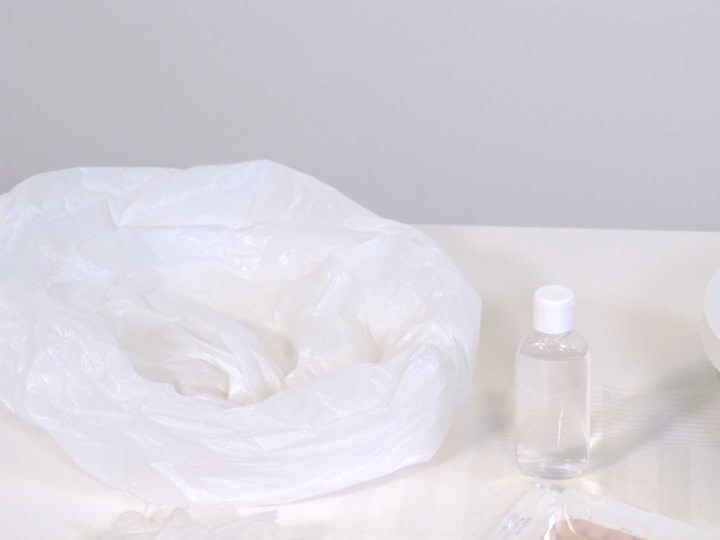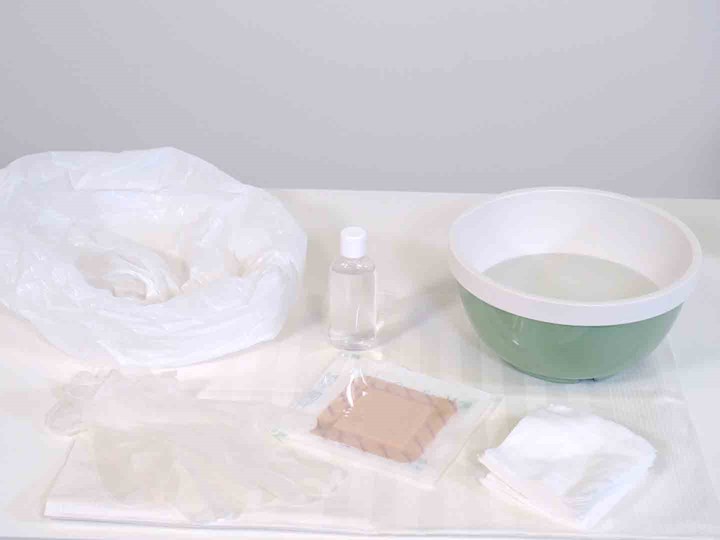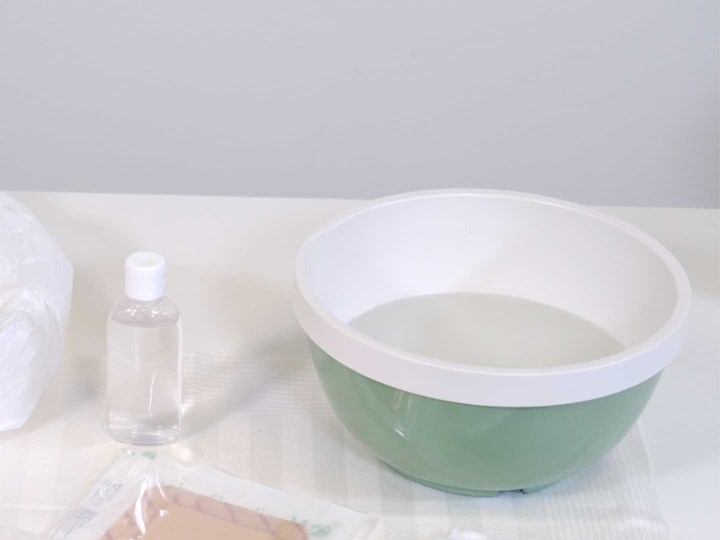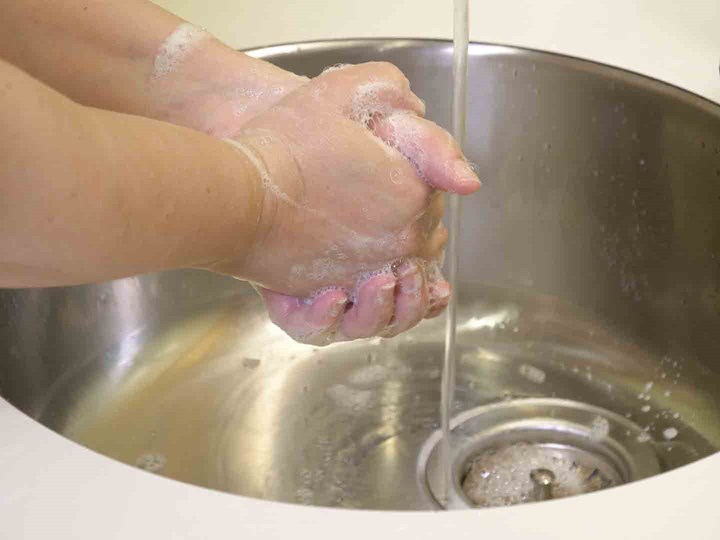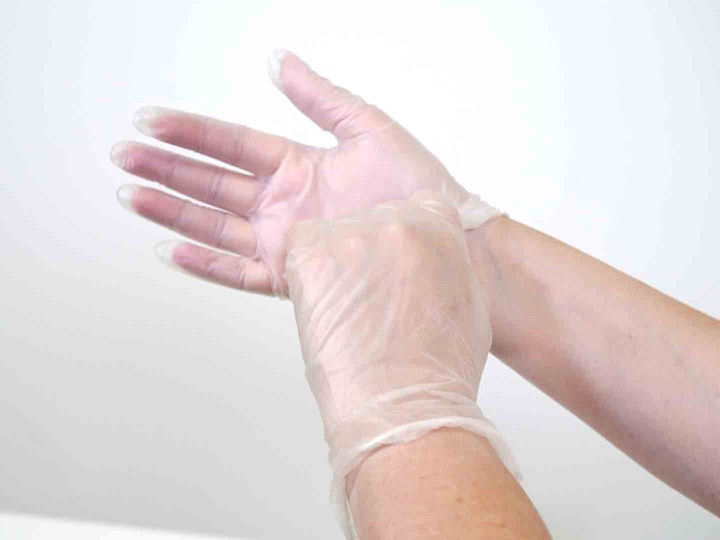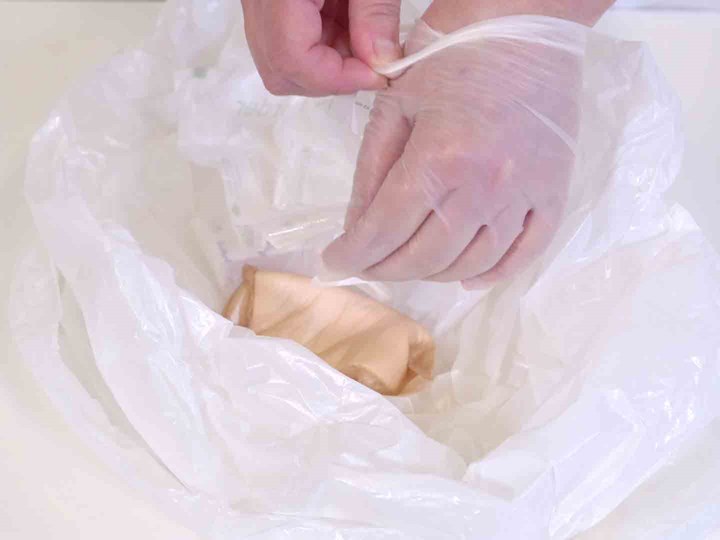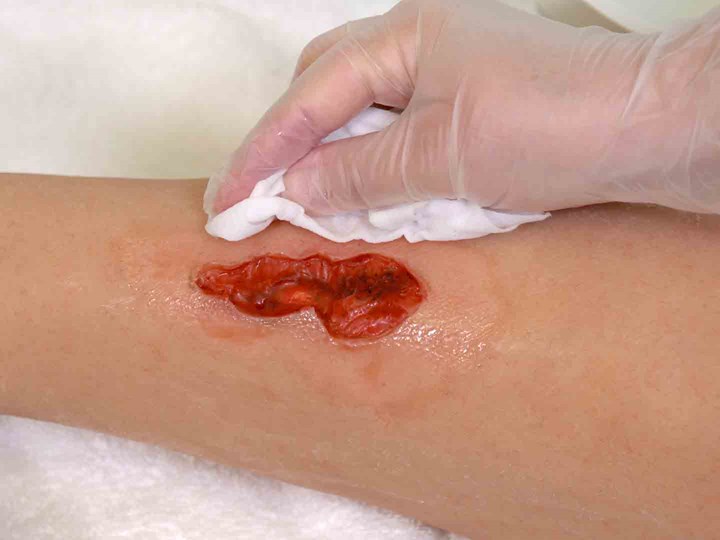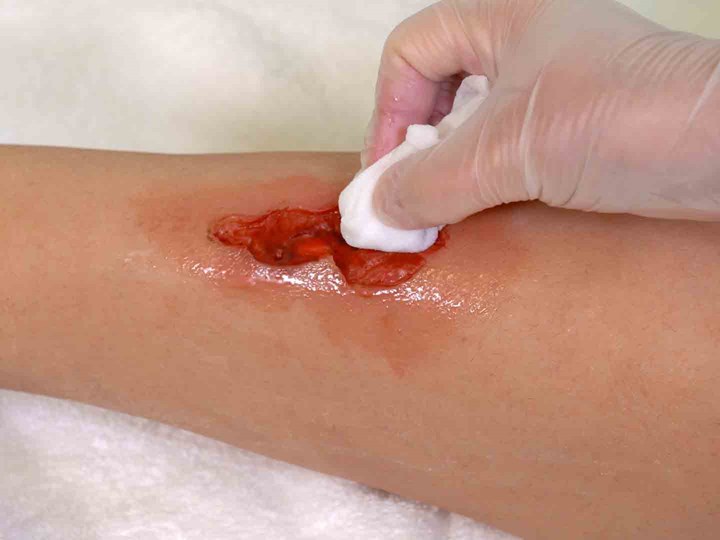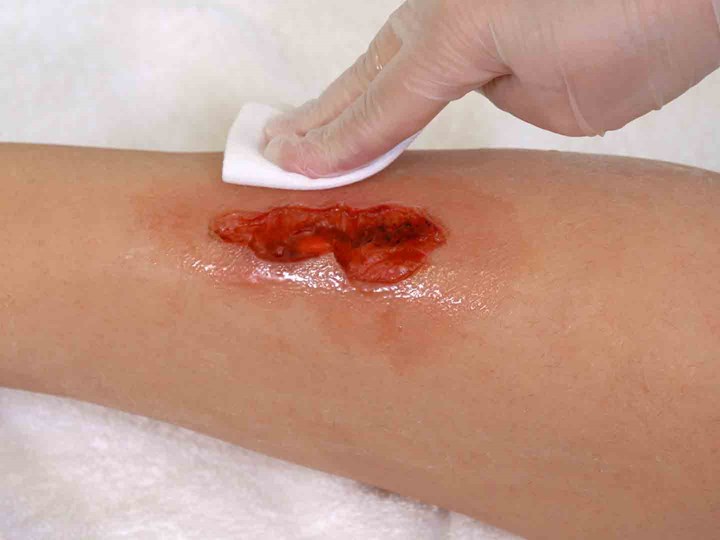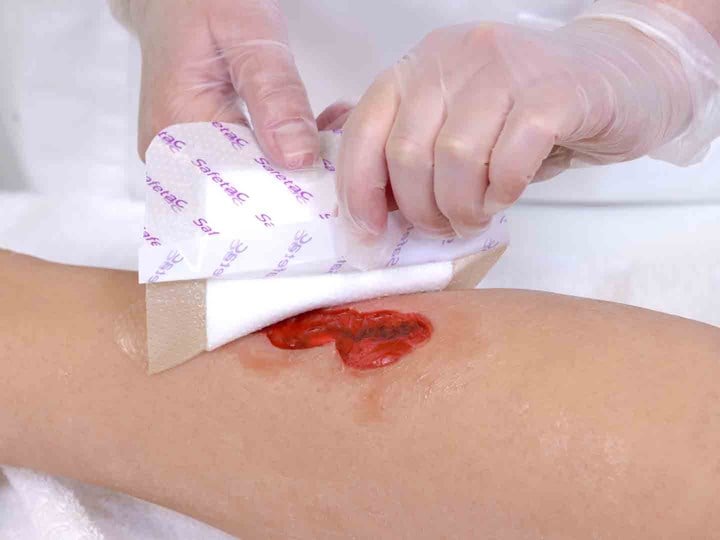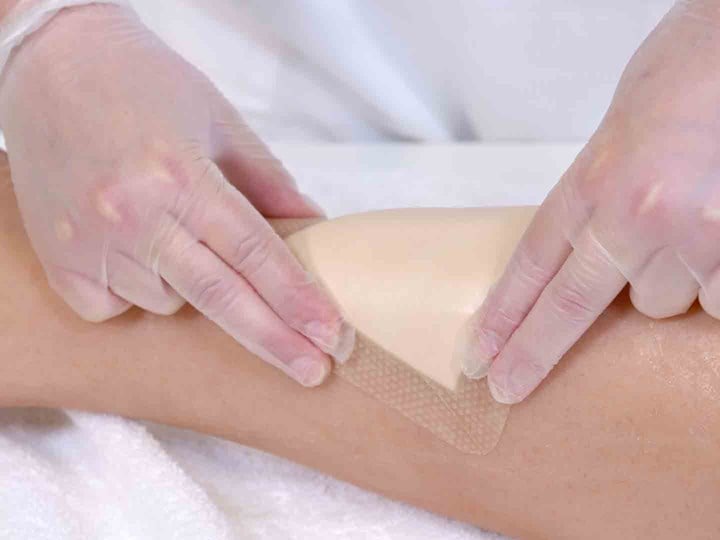How to look after your wound
This page is designed to provide information on the procedure for change of wound dressings at home. Even if you are looking after your wound at home, it is important to keep in touch with your nurse or healthcare practitioner to make sure your wound has the best chance to heal quickly.
They will give you guidance about taking care of your wound, and these resources aim to help you or your carer change your dressing safely when your nurse is not able to visit your home.
Disclaimer:
The dressing should be handled and applied by health care professionals, however, if a health care professional is not available, a family member or yourself may need to do the dressing change. The manufacturer does not take any responsibility or liability connected to the application of the dressing by such persons. Accordingly, if the dressing is applied by a person that is not a health care professional, that is strictly at the user’s own risk.
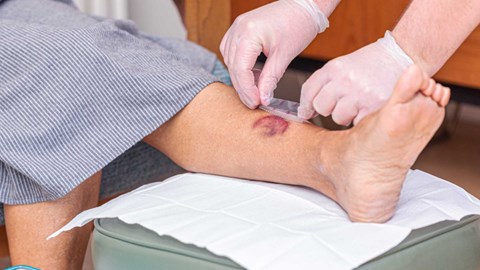
- Leave your dressing in place for as long as possible, or as long as your nurse recommends. Normally a dressing is changed between 1 and 3 times a week.
It will be necessary to change your dressing immediately in these situations:
- If fluid starts to leak out of the edge of the dressing
- If the dressing peels off

What to look out for?
These conditions are signs that your wound might be infected:
- It is more painful than normal
- The amount of fluid increases significantly
- The skin around your wound starts to swell and becomes red and fiery
- If the smell from your wound gets worse
- If there is excessive heat from/in your wound
Other conditions that can affect the wound healing is:
- If you see more yellow or new black tissue developing
You should immediately contact your nurse if you see signs of infection

What can help a wound to heal?
- It is important that the wound is kept moist to support healing
- Do not smoke
- Eat a healthy and balanced diet
- Exercise regularly within your own ability
- Get a good night’s sleep
Your wound may take longer to heal for a number of reasons both related to your general health and the wound condition.

What are specialised wound dressings designed to do?
- Provide physical protection for your wound
- Keep the wound moist and prevent the dressing from causing pain and damage at removal
- Stay on your wound longer to support wound healing*
- Absorb the fluid from your wound and prevent it getting onto your clothes
- Be comfortable to wear
* Depending on the condition of the wound and surrounding skin, or as indicated by clinical practice.
